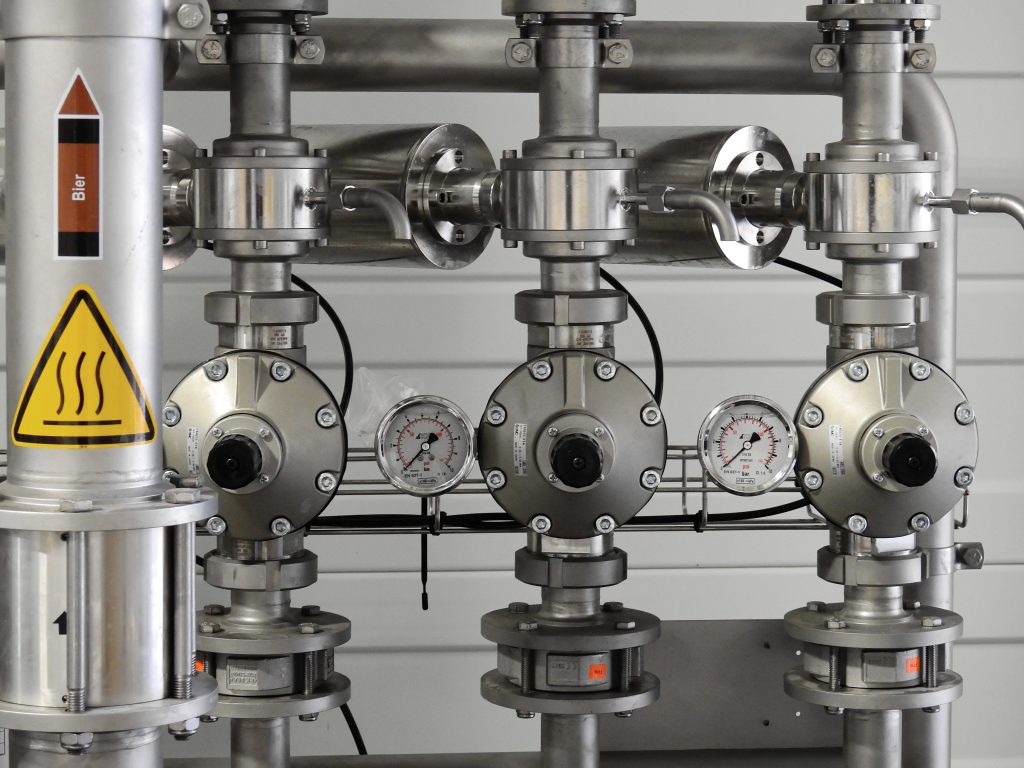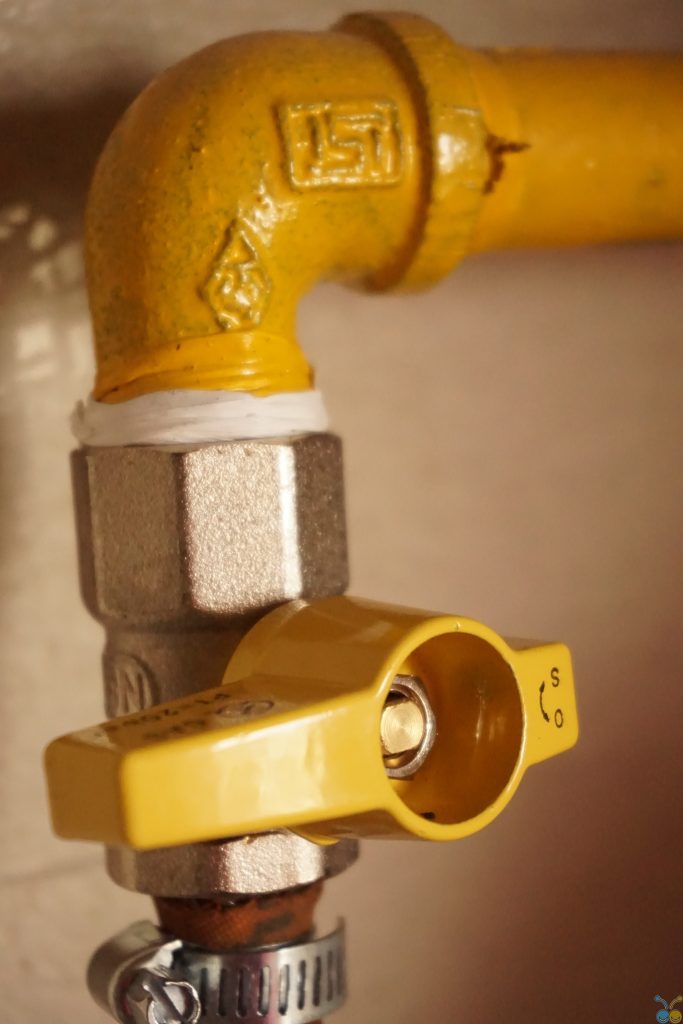To harvest rainwater you need to attach pipework into a downpipe from the gutters on the roof into your tank so that water can flow through. Needless to say, your tank will stay empty without the pipe system which directs the rainwater into your tanks, regardless of whether it is made of plastic or metal, whether it has a 3000-litre water capacity or 10000 litres.
All these pipework systems come in two forms: the first one being the ‘Dry System’ while the other one is the ‘Wet System’. This guide will explain what a Wet System is, and when it is appropriate. Your builder or the person who will install the tank will generally advise you on the right type of pipe system which best suits your situation. Ultimately, however, it is still your decision to make.
What is a Wet System?
Wet Systems are all pipework that runs underground to your own water tank/s which rainwater flows from your roof catch area/s. Rainwater flows down from your roof, gutters and air-tight downpipes. Whether there are numerous downpipes, all of them meet together underground into one big pipe. This large pipe proceeds before hitting a “riser pipe” where water is then forced up into and pressured into your storage tank.
Since the water in a Wet System pipework is supposed to rise up in volume, there has to be a substantial drop from the gutters to the tank. This creates the gravity essential to push the water up through the riser pipe in your tank.
This means once the rain stops falling, water will remain trapped on your underground piping before the riser pipe until enough water is created which demands pressure. Therefore this piping system is known as a ‘wet system’ because water remains in the pipework.
Wet Pipework System Benefits
Advantages of Wet Systems may be summarised as smart, tidier and provide more aesthetically pleasing pipework.
One drawback with the wet system is the installation process. Relining the pipe is also going to be more tedious because everything is packed underground. Although a Wet System can have a more laborious installation process as compared to a Dry System, in the case of harvesting rainwater from more than one catch points, it will definitely be more distinct than above-the-ground pipework.
In addition, it can be a simpler system as compared to the above-ground pipework, which constantly requires support against a building. Awkward joints, corners and the various lengths of piping needed can be easily be coped with the underground. Furthermore, you don’t have to worry about navigating around obstacles, as you can just run pipes beneath them.

Water diverters at a Wet System could be placed in a Variety of places:
Close to the downpipe, similar to a Dry System setup, the pipework leading to the Wet System can use a water diverter to remove the initial flush of rainwater from the roof prior to directing it into the main pipework near the toaster, on a pole or wall in the pipework leading into the tank. In this setup, the water diverted would incorporate the water that has been sitting in the underground pipes before the rain event, permitting any stagnant water to be flushed out.
Underground at the bottom of the riser pipe, the bottom point in the pipework until the water gets pushed into the tank. This type of water diverter functions in a similar fashion to a downpipe water diverter. That is, the initial flush of rainwater enters a reservoir space below the riser pipe. As it warms up, a floating ball valve climbs and seals of entry, permit the water to push into the riser pipe and to your tank, sort of like a pump for your rainwater tank. On a site that makes it possible for the end cap of the diverter to be placed over ground, an inground water diverter allows a Wet System to be transformed to some Dry System by permitting the pipes to fully drain after a rainfall.
When to Use a Wet System
- You will generally need to use a Wet System for pipework if:
- Your tanks are far from the water collection point of the roof
- You have a difficult or unclear route from the gutter downpipe/s for a tank
- You’ve got multiple downpipes or capture areas that you are harvesting rainwater from.
So to summarize,
Wet systems
The greatest benefit of wet systems over dry systems is they are normally less aesthetically “messy”, as any toaster is concealed, out of sight, underground. This is particularly beneficial once you’ve got a large or complex collection of pipes running out of your own roof.
Wet systems also allow you to put your tanks further away from your house, which may be a better option from a practical or aesthetic point of view. One thing to take note of, however, is to not place the pipes near the sewer pipes. This is to ensure that, should there be a need to fix the drains, the wet system pipes will not be affected and the chance of the water being contaminated will be next to none.
However, the pipes in wet systems are particularly vulnerable to mosquito infestations and anaerobic fermentation. For this reason, it’s important to take action to screen your pipes and to empty them once it rains. This effectively transforms your wet system into a dry system, while allowing you to enjoy the typical wet system benefits.
Dry systems
The best advantage of dry systems is their ease — your pipes run from your gutters into your tank and they drain themselves each time it rains.
If you’re pleased to set your tank near your house and you are happy for all the pipework to be visible, a dry system may be the ideal option for you.
But if a dry Rain Harvesting system isn’t appropriate, you may use a moist freshwater Harvesting system but drain it between rainfall events so that you may enjoy the best of both worlds, dry and wet.
The Right System for You
Selecting between a wet or dry system will depend on your situation and personal preferences.
Whatever you choose, it’s important to take steps to guard the quality of the rainwater you harvest and make certain you catch as much water as you can.
